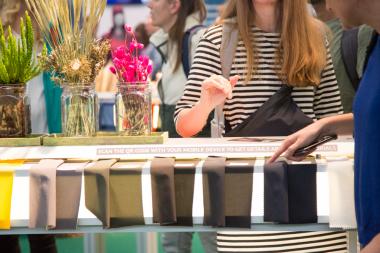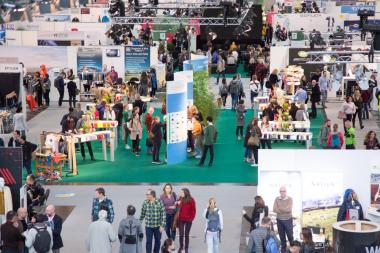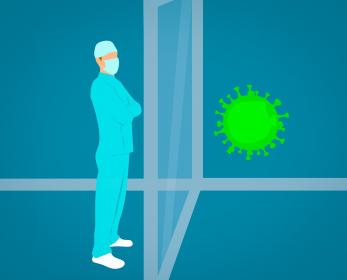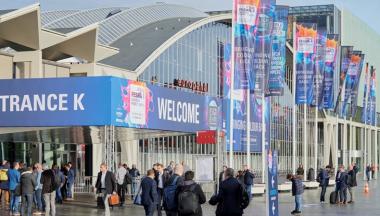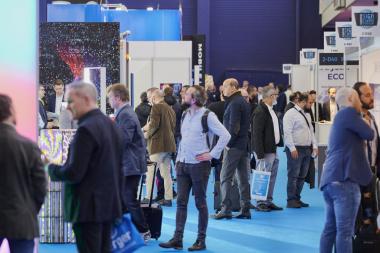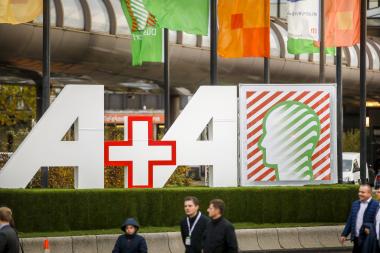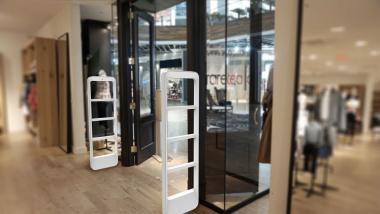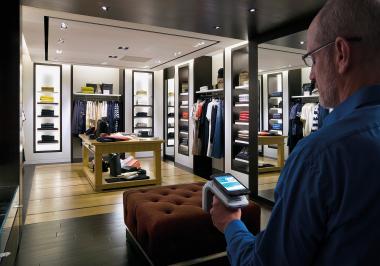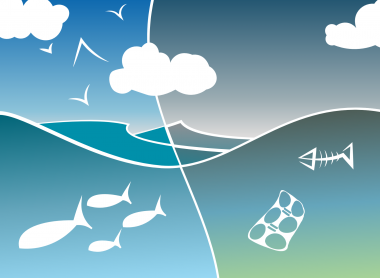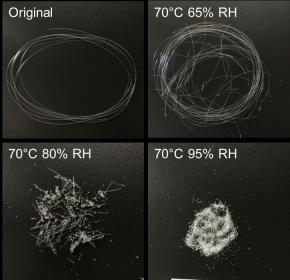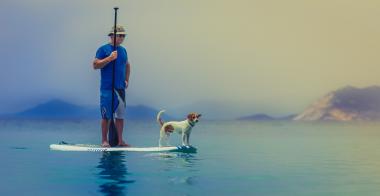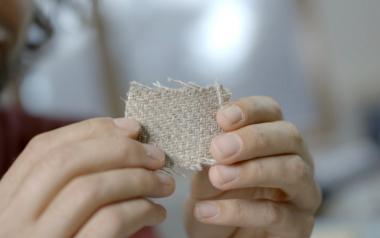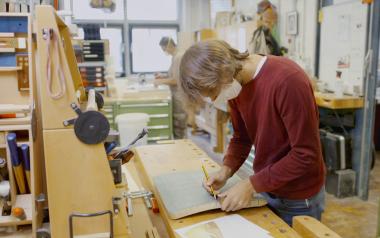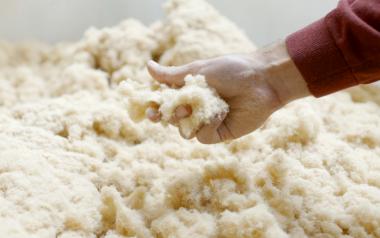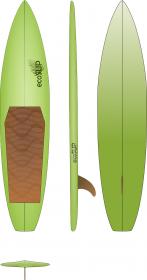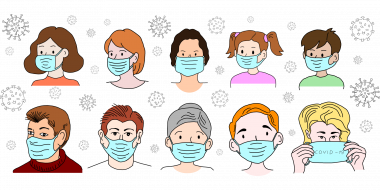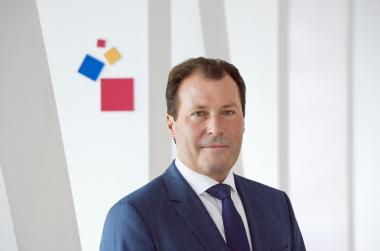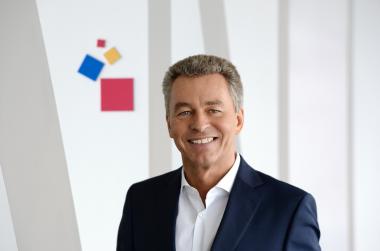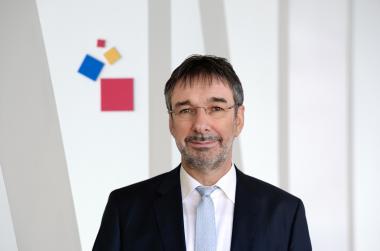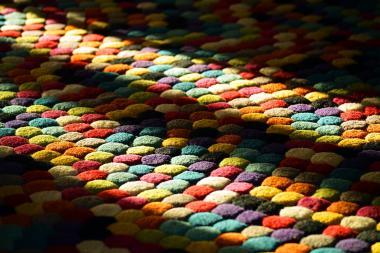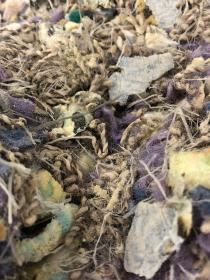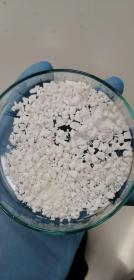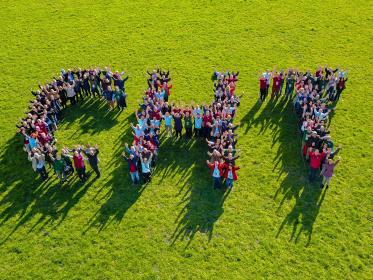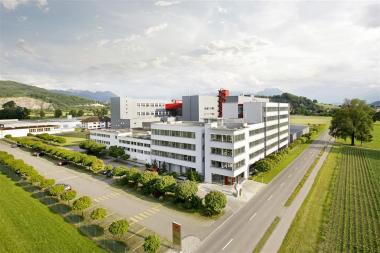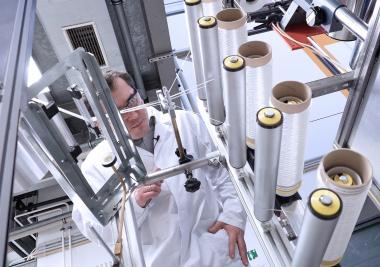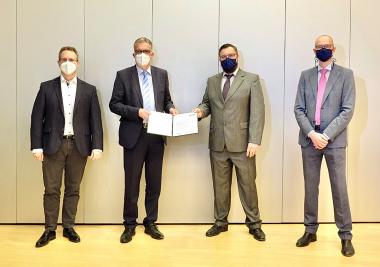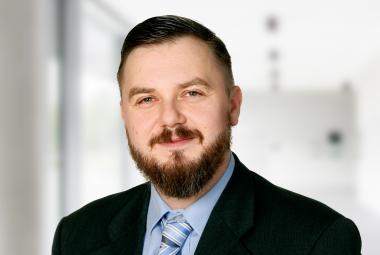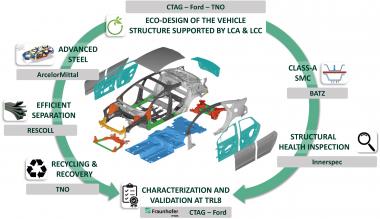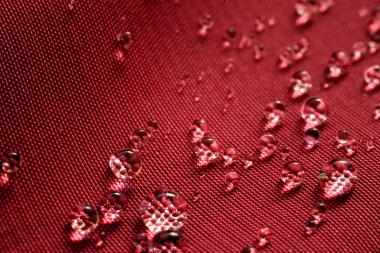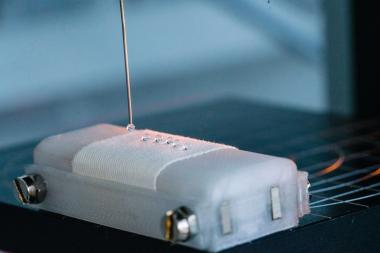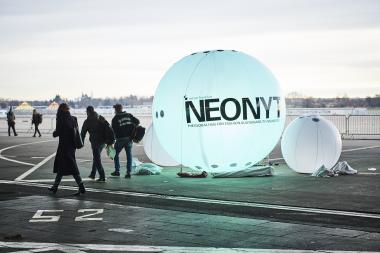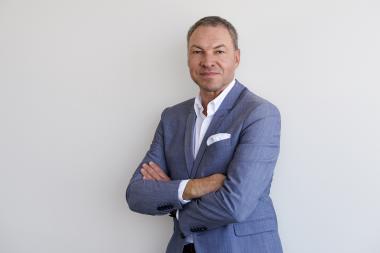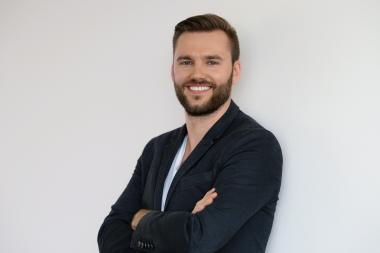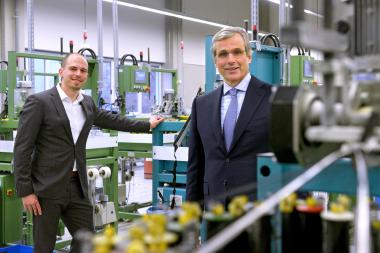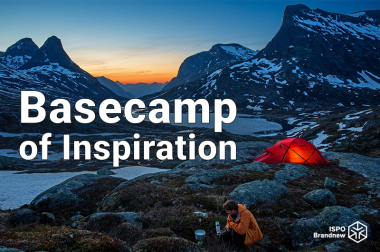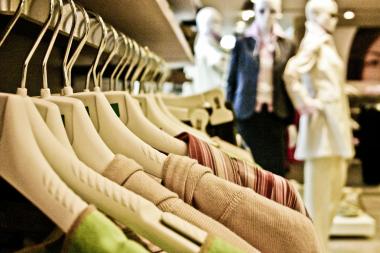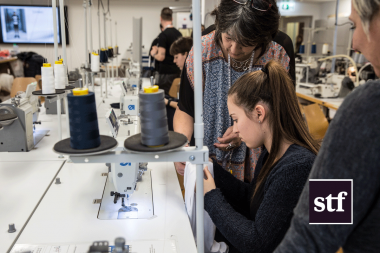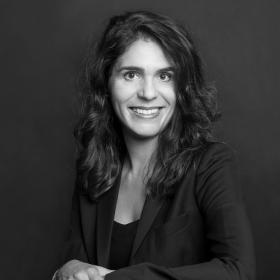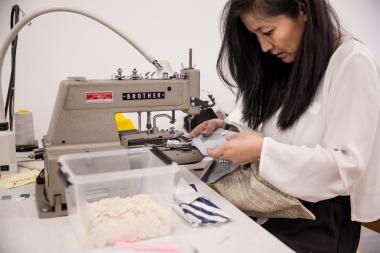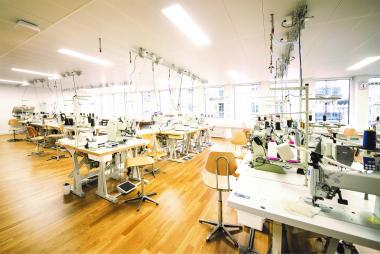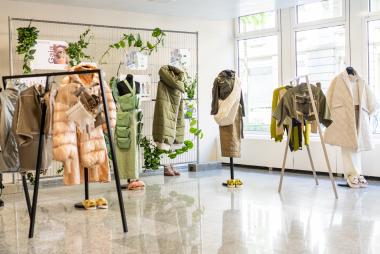PERFORMANCE DAYS 2021: Hybrid Event in December
From December 1 to 2, 2021, the industry will meet up again live at the trade fair center in Munich. Trade visitors, industry insiders and experts can look forward to inter-personal exchanges, intensive networking, exciting fabric innovations and various other program highlights. The fair will go ahead in strict compliance with the current official hygiene regulations and in close cooperation with the Messe München authorities. Planned as a hybrid event, PERFORMANCE DAYS offers the possibility to follow what is on offer digitally.
Live in Munich: PERFORMANCE DAYS in Hall A6
In Hall A6 on the grounds of the New Trade Center in Munich, trade visitors can look forward to an extensive portfolio of exhibitors showcasing their latest functional textiles and fabric innovations for the upcoming winter season, winter 2023/24. Exhibitors who are unable to present their highlights on site can also be accessed via the PERFORMANCE DAYS LOOP digital platform throughout the course of the fair. As part of the newly developed “remote booths” concept, trade visitors will for the first time also find collections from exhibitors who cannot be in Munich in person for the trade show. Interactive exchanges via chat, call or video call is planned.
Two further PERFORMANCE DAYS fairs are planned as live events: The Functional Fabric Fair by PERFORMANCE DAYS in Portland, Oregon, USA on November 17-18, 2021 and Functional Textiles Shanghai by PERFORMANCE DAYS on December 6-7, 2021. Registration is open at www.functionalfabricfair.com/ and www.functionaltextilesshanghai.com/
PERFORMANCE FORUM together with USA Fair
As part of the PERFORMANCE FORUM, a select jury of experts assembles for two days prior to the fair to exchange views on the latest fabric innovations for the winter 23/24 season. In order to ensure a more global market overview, the PERFORMANCE FORUM will curate highlights for the first time in conjunction with the US fair in Portland. Consequently, the next fair in Munich will not only feature the latest products from exhibitors at the Munich fair, but also highlights from the fair in Portland. This year’s Focus Topic in cooperation with the Vaude Academy will engage with the topic “The Sustainable Future of Nylon” and a specific hand-chosen selection of fabric materials. Furthermore, as part of the winter fair, the “sustain & innovate” conference on sustainability, organized in close cooperation with SAZsport, will take an in-depth look at the topic comprising all its aspects along with speakers, webinars and discussion rounds. The program will be broadcast live from the fair and thus accessible for all who wish to follow it online in digital form.
Eco Award and Performance Award for Innovative Winter Fabrics 23/24
This year, in addition to a PERFORMANCE AWARD, the jury also presented an ECO PERFORMANCE AWARD. An integral part of the winter edition of PERFORMANCE DAYS is the presentation of the fabric highlights and accessory trends in the respective categories for the Winter Season 2023/24 at the PERFORMANCE FORUM. The well-known segments will be joined for the first time this winter by the Shoes & Bags category, while the renowned Lifestyle Category will be continued under its new title, “Function Meets Fashion”. The high level of innovation and quality of many of the fabrics submitted this year are particularly striking.
“The fusion of the two PERFORMANCE FORUMs of our fairs in Munich and Portland has lead to a significant increase in quality and innovation. Thanks to the new partnership, not only were we able to get new, exciting manufacturers on board, but there was also a significant increase in participation in general“, says Marco Weichert, CEO of PERFORMANCE DAYS.
Natural fabrics such as organic cotton, wool or canvas remain in demand. These are joined by significantly more plant fibers such as hemp, coconut shell, bamboo or fibers derived from pineapple or banana leaves. The additional use of castor oil, zinc or ginger supports the antibacterial effect, ensures enhanced breathability, optimum temperature management and makes the fabric soft, light and kind to the skin. The topic of recycling presents itself in various new facets and features exciting trends. The portfolio ranges from the recycling of marine waste, such as old buoys, plastic waste or fishing nets, to the recycling of waste from the automotive and computer industries, such as old car tires or computer chips. Natural dyeing methods are also gaining increasing importance, as is the recycling of materials into the textile loop.
In the Marketplace, visitors have the opportunity to view over 13,000+ products from exhibitors, including the fabric highlights of the individual categories at the PERFORMANCE FORUM. In order to be able to present the fabrics to the digital visitors as realistically as possible in terms of feel, design and structure, the PERFORMANCE FORUM has been equipped with groundbreaking 3D technology, including innovative tools such as 3D images, video animations and U3M files for download.
In addition to the PERFORMANCE AWARD WINNER, which goes to drielease/Optimer, there is also an ECO PERFORMANCE AWARD WINNER, awarded to Long Advance.
Completely new look: With the innovative Dricomfort Geo, drirelease turns to a blend of 6 % Lycra, 44 % polyester and 50 % recycled polyester. The processing of the various fibers in the knitting process, in combination with the Dricomfort GEO finishing, makes the reversible interlock fabric unique.
Unique, new pattern and knit designs are possible thanks to a special jacquard knitting process used to process the recycled polyester yarn. The material impresses with its lightness and versatility. The GEO technology also ensures optimal body temperature management. The adaptable technology provides excellent thermal regulation features through efficient heat management and enhanced moisture transport to optimize comfort and performance. Moreover, GEO boasts UV protection up to 50+.
New recycling variant: Long Advance presents LNT-21191-Z4C, a post consumer nylon that opens up a new world to recycling. The fabric, which consists of 7 % elastane and 93% recycled polyamide via Mass Balance, introduces new facets to the topic of recycling. BASF is using tire waste from now on and processes them into a new fiber. fiber. Due to the recycling, the need for synthetic fabrics are reduced to replace petroleum-based plastics with plastics made from renewable raw materials.
PERFORMANCE DAYS


